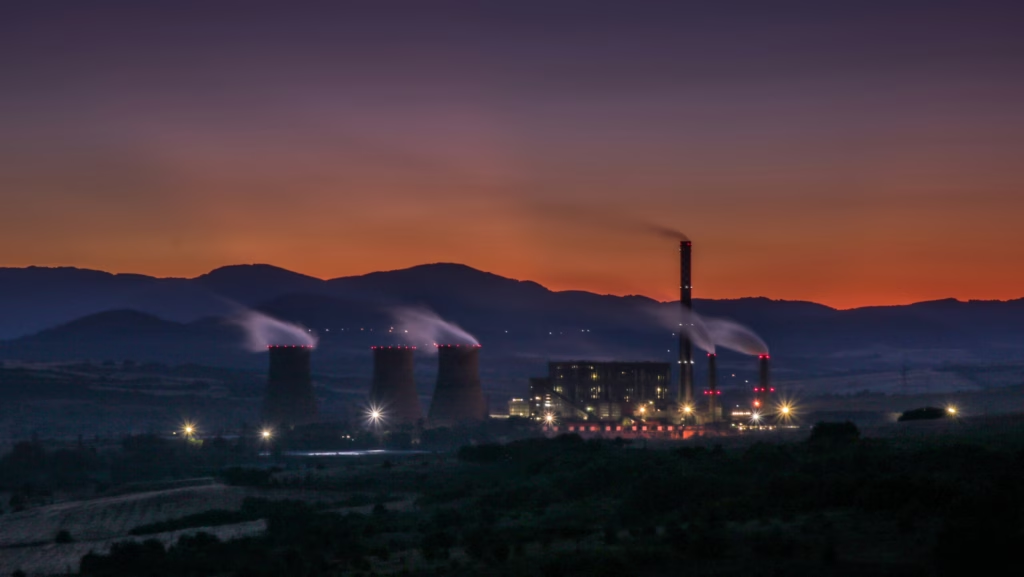
When you think about nuclear power, chances are you imagine giant cooling towers, sprawling facilities, and huge budgets. But what if I told you that one startup is literally taking nuclear energy underground—one mile deep, to be exact? That’s exactly what Deep Fission Nuclear is doing, and thanks to a fresh $30 million boost in funding, the company is preparing to install its first underground micro-reactor by July 4, 2026.
This ambitious project is part of the US Department of Energy’s Reactor Pilot Program, and if it works as planned, it could completely change how we think about nuclear energy.
Why Put a Reactor in a Hole in the Ground?
At first glance, it sounds a little strange. Why would anyone want to drill a massive borehole into solid rock and lower a nuclear reactor down there? It almost sounds like science fiction—or maybe a backup plot from a James Bond movie. But when you look closer, the idea starts to make a lot of sense.
Deep Fission plans to drill a 30-inch-wide borehole straight into stable geological rock to a depth of about one mile (1.6 km). Once the hole is ready, they’ll lower an entire self-contained reactor on a cable down to the bottom.
Here’s the logic – nuclear energy, as powerful and reliable as it is, has always faced three big problems—cost, safety, and security. Conventional plants cost tens of billions of dollars, take decades to build, and require massive amounts of civil engineering. They’re also big enough to raise concerns about catastrophic accidents or sabotage. By moving the reactor deep underground, Deep Fission hopes to eliminate a lot of these problems in one move.
Cutting Costs by Going Deep
One of the cleverest parts of this plan is that it doesn’t rely on building the enormous containment structures that drive up the cost of traditional nuclear power plants. By burying the reactor deep beneath the earth, the rock itself acts as a natural containment system.
This design is projected to reduce above-ground construction costs by as much as 80%. Instead of massive, sprawling infrastructure, the facility itself could fit on less than half an acre of land—basically the size of a suburban backyard.
How the Underground Reactor Works
So, how does this underground power plant actually generate electricity? Deep Fission’s design is for a 15-MWe modular reactor fueled with Low-Enriched Uranium (LEU). It runs at around 315 °C (600 °F) and sits at the bottom of the borehole, which is filled with water.
Here’s the neat part: two insulated pipelines connect the reactor to the surface. One pipe carries cold water down, while the other brings non-radioactive steam back up. That steam then drives turbines above ground to generate electricity.
The water column in the borehole, along with the surrounding rock, naturally pressurizes the reactor to about 160 ATM (2,352 psi) without any special pressurization equipment. It’s a simple but elegant way to make the system safer and more efficient.
Built-In Safety by Design
Safety is one of the biggest sticking points with nuclear power, and Deep Fission’s approach has some interesting answers to that.
First, the reactor sits in a geologically stable location, far below the water table, so there’s almost no risk of contaminating drinking water. Second, if the reactor were ever damaged beyond repair, it wouldn’t need to be hauled back to the surface. Instead, the borehole could simply be filled with rubble and concrete, effectively sealing it off forever.
Despite common fears, uranium doesn’t travel very far through solid rock—even over millions of years. That means the risk of long-term contamination is extremely low.
Fast to Build, Affordable to Run
Deep Fission estimates that its pilot plant could be built in just six months. Compare that to the years or even decades it takes to build traditional nuclear plants, and you can see why this approach has so much appeal.
On top of that, the company says its electricity could cost between five and seven cents per kWh, making it competitive with other forms of clean energy.
Powering the AI Era
There’s also a bigger story here. As artificial intelligence and massive data centers consume more and more energy, the world is looking for scalable, carbon-free sources of power. Nuclear has always been an option, but the challenges of cost and public perception have slowed it down.
Deep Fission’s underground reactors could be a perfect fit for this growing demand. They’re compact, secure, and relatively easy to deploy—making them ideal for powering not only cities but also energy-hungry industries like AI and cloud computing.
A Turning Point for Nuclear Energy
“This is a unique moment for the nuclear industry,” said Liz Muller, Co-Founder and CEO of Deep Fission. “We have the right technology, at the right time, and in the right place. With this funding, we can begin building our pilot reactor, with the goal of completion in 2026. We believe we can scale our technology rapidly and profitably to address the massive energy demand from AI data centers and other customers around the world.”
In other words, Deep Fission isn’t just building a power plant—they’re trying to prove a whole new model for nuclear energy. If they succeed, the future of clean, affordable power might just be hidden a mile beneath our feet.
Source: Deep Fission

